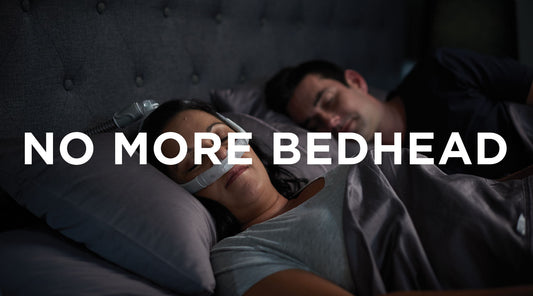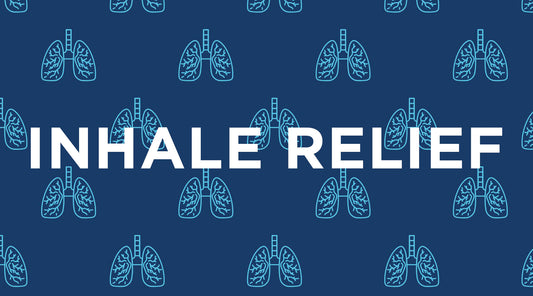Oxygen therapy is a vital medical treatment for individuals with respiratory conditions, helping them breathe more easily and improve their quality of life. For many, oxygen concentrators are a convenient and reliable way to receive this therapy in the comfort of their homes. However, because oxygen is highly flammable and requires precise handling, safety should always be a top priority. Whether you’re new to using an oxygen concentrator or simply need a refresher, these eight essential safety tips will help ensure your therapy is both effective and risk-free.
1. Keep Away from Flammable Materials
Oxygen can accelerate combustion, making it vital to keep the concentrator and its accessories away from flammable materials. Smoking while using oxygen is extremely dangerous and should be strictly avoided at all times. Even a small spark from a lit cigarette can ignite oxygen-enriched environments, leading to severe injuries or fires. Post "No Smoking" signs around your home and ensure that no one smokes near the concentrator or oxygen tubing. Additionally, stay at least 5–10 feet away from open flames, lit cigarettes, and candles. Avoid using petroleum-based lotions, aerosol sprays, or alcohol-based products while near the device.
2. Choose the Right Location
Oxygen concentrators require proper placement to function effectively and safely. Place the concentrator in a well-ventilated area with at least 6–12 inches of clearance around it. This ensures unobstructed airflow and prevents overheating. Avoid placing the device near walls, furniture, or enclosed spaces where air circulation may be restricted.
3. Inspect Your Equipment Regularly
Routine inspections of your oxygen concentrator and its components can prevent potential hazards. Check the tubing for cracks, kinks, or leaks that could interfere with oxygen flow. Additionally, replace oxygen tubing and nasal cannulas regularly to maintain optimal performance and hygiene. Ensure all connections are secure, and replace any worn or damaged parts immediately.
4. Avoid Overloading Electrical Outlets
Your oxygen concentrator should always be plugged directly into a grounded electrical outlet. Avoid using extension cords or power strips, as they can cause electrical overloads or fire hazards. If a backup generator or battery is available, ensure it is charged and functioning in case of power outages.
5. Do Not Block the Air Intake
The air intake filter is crucial for the concentrator’s operation. Keep it clean and free of obstructions. Follow the manufacturer’s guidelines to regularly clean or replace the filter, as a clogged filter can reduce the device’s efficiency and pose safety risks.
6. Use the Prescribed Flow Rate
Always adhere to the flow rate prescribed by your healthcare provider. Adjusting the settings without professional advice can lead to complications in your oxygen therapy. If you’re unsure about your settings, consult your healthcare provider before making any changes.
7. Ensure Safe Storage
When not in use, store your concentrator in a cool, dry place away from direct sunlight or heat sources. For portable oxygen concentrators, keep the batteries charged and avoid exposing them to extreme temperatures, which could affect performance or safety.
8. Have a Backup Plan
Power outages or equipment malfunctions can occur unexpectedly, so it’s crucial to have a backup plan. Keep a spare oxygen tank on hand and ensure you know how to switch to it if necessary. If you’re using a stationary oxygen concentrator, consider having a portable oxygen concentrator available for emergencies or power outages. Portable units are battery-powered and can provide continuity of care when your main device is unavailable. Discuss an emergency plan with your healthcare provider and loved ones to stay prepared.
Using an oxygen concentrator can significantly enhance your health and well-being, but safety must remain a key focus to ensure its benefits are maximized. By following these simple yet crucial guidelines, you can create a safe environment for yourself and those around you while confidently managing your oxygen therapy. Always consult your healthcare provider if you have questions or concerns about your equipment or treatment. With the right precautions, oxygen therapy can be a safe and seamless part of your daily routine.






